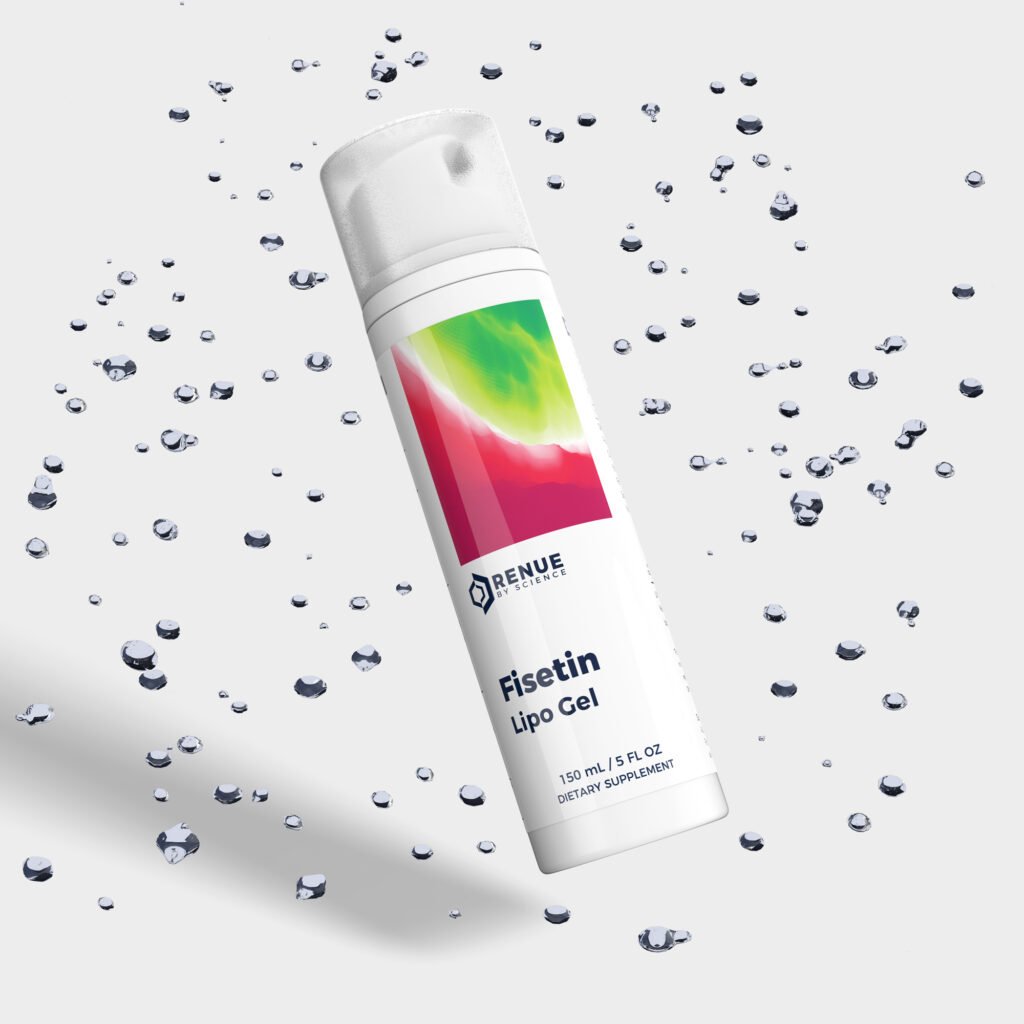N95 masks vs KN95 masks: similarities and differences
The N95 and KN95 masks are both made from multiple layers of synthetic material (usually a polypropylene plastic polymer) and are designed to be worn over the mouth and nose. Straps behind your ear help keep the mask in place. Both masks must filter and capture 95% of the tiny 0.3 micron particles in the air (hence the “95” in its name).
The main difference is how the masks are certified. “In general,” says Sean Kelly, founder of New Jersey-based PPE of America, “N95 is the US standard and KN95 is the Chinese standard.” For this reason, only N95 masks are approved for medical use in the United States, although KN95 masks have many of the same protective properties.
N95 masks must pass a rigorous inspection and certification process from the National Institute for Occupational Safety and Health (NIOSH), which is part of the CDC. Companies making KN95 masks, meanwhile, can seek FDA approval, via emergency clearance for a foreign certification that meets the 95% filtration requirement. The FDA says the manufacturer of KN95 masks must also provide documentation that the masks and materials used are genuine.
According to Kelly, whose company was among those asked by Connecticut lawmakers to provide personal protective equipment to frontline workers in the state, certification of KN95 masks includes a requirement on “fit testing.” , which test the air inside and outside of the mask, as well as how the mask fits around your face. N95 masks do not have these requirements to meet their standard. Still, he says, “The requirements of the N95 mask are a bit more stringent with respect to the pressure drop across the mask when inhaling, which makes the N95 more breathable than most KN95 masks. N95 masks have similar expiration requirements. These requirements, “says Kelly,” make the N95 mask a bit more advanced with overall breathability for users. ”
Keep in mind that the certifications mentioned above refer only to the country in which the standards and regulations are established, not where the masks are manufactured. Most of the N95 masks are still made in China. Likewise, the CDC has cleared the use of KN95 masks as a suitable alternative to N95 masks for its response to Covid-19.
- Filtration Efficiency: Both N95 and KN95 masks are designed to filter out at least 95% of airborne particles, including bacteria, viruses, dust, and other pollutants. They achieve this high level of filtration efficiency through multiple layers of specialized materials that capture and trap particles.
- Standards and Certifications: N95 masks are regulated by the National Institute for Occupational Safety and Health (NIOSH) in the United States. These masks undergo rigorous testing and must meet specific performance standards to receive NIOSH certification. On the other hand, KN95 masks adhere to the Chinese standard GB2626-2006, which also requires a minimum filtration efficiency of 95%.
- Fit and Seal: Proper fit and seal are crucial for the effective performance of any respirator mask. N95 masks are designed to conform tightly to the wearer’s face and create a secure seal, ensuring minimal leakage around the edges. This is typically achieved through the use of adjustable nose clips and headbands. KN95 masks also aim to provide a good fit, but they may have slight variations in design and fit due to differences in manufacturing processes.
- Availability and Distribution: N95 masks are primarily used in healthcare settings and industrial environments, and they are widely available in the United States. They are often recommended for healthcare professionals exposed to airborne hazards. On the other hand, KN95 masks are commonly used in China and have gained popularity globally during the COVID-19 pandemic. They are more readily available in online marketplaces and international suppliers.
- Regulatory Oversight: N95 masks undergo strict regulatory oversight by NIOSH, ensuring consistent quality and performance. The certification process involves testing the masks’ filtration efficiency, breathing resistance, and fit characteristics. In contrast, KN95 masks are regulated by various organizations in China, and some manufacturers may self-declare compliance with the GB2626-2006 standard.
- Usage Considerations: When considering the use of N95 masks or KN95 masks, it is essential to understand the intended purpose and environment. N95 masks are often recommended for healthcare workers, first responders, and individuals in industrial settings where airborne hazards are prevalent. KN95 masks are commonly used in general public settings and provide a suitable level of protection for daily activities, such as grocery shopping or commuting.
- Price and Cost Considerations: The price of N95 masks and KN95 masks can vary depending on factors such as manufacturer, quality, and availability. In general, N95 masks tend to be more expensive due to the stringent regulatory requirements and certifications. KN95 masks may offer a more cost-effective alternative for individuals seeking reliable respiratory protection.
What does an N95 mask protect against?
According to a report cited by the National Center for Biotechnology Information, which is part of the United States National Library of Medicine and the National Institutes of Health, N95 respirators have two main advantages over simple fabric coverings or surgical masks. First, the report found that N95 masks are over 95% effective at filtering out 0.3μm particles – particles even smaller than the droplets created when you speak, cough, or sneeze – making it makes an effective way to filter out germs and bacteria. . The study also found that N95 masks often fit better on the face and around the neck, ensuring that droplets and particles do not leak around the mask. “Although N95 filtration is not necessary,” the report says, “the N95 fit offers advantages over a loose surgical mask by eliminating leakage around the mask.”
The main reason for the popularity of the N95 mask is its effectiveness,
Kelly says,“We know they work and have been used for decades in medical and industrial environments,” he says, citing their use for years in everything from hospitals to laboratories to construction sites. “When a firefighter risks his life to enter a burning building, he walks into that building with all the rescue equipment,” Kelly continues. “They do this not only to protect their own lives so that they can save others, but also to return home to their families and continue doing what they are committed to. Frontline healthcare workers and those who have close contact with others are no different from firefighters when it comes to taking whatever steps are necessary to protect yourself from contracting Covid-19. The first safety precaution for a healthcare worker to take is to wear a NIOSH approved N95 face shield.
Note: The FDA says that N95 masks are not designed for use by children or people with significant facial hair. One of the main advantages of an N95 mask is its ability to provide a tight seal around the face; the FDA says a child’s face or a face with a beard will not allow the mask to provide the same protection.
Another thing to remember: “This is not a quick fix,” warns Mia Sultan, CEO of independent preventive care company N95 Mask Co .. [N95 masks] offer increased protection, they do not replace social distancing , hand hygiene, and limiting person-to-person interactions when possible. ”
- Personal Health and Safety: The KN95 mask acts as a guardian, protecting our most valuable asset – our health. It forms a protective barrier against harmful particles, allergens, and microorganisms, allowing us to breathe cleaner air. With its high-filtration efficiency and secure fit, it instills confidence and peace of mind, enabling us to venture into the world with a sense of security.
- Empathy and Social Responsibility: Wearing a KN95 mask is not just about personal well-being; it reflects a commitment to the well-being of others. By wearing a mask, we demonstrate empathy and social responsibility, recognizing that our actions impact those around us. It becomes a symbol of unity, reminding us of our collective duty to protect one another and create a healthier, safer community.
- A Shield for Frontline Heroes: The KN95 mask becomes an essential tool for frontline heroes, including healthcare workers and first responders. It safeguards those who selflessly devote themselves to the care of others. By donning the mask, we honor their bravery and dedication, recognizing their invaluable contribution in the face of adversity.
- Adaptability and Resilience: The KN95 mask represents our ability to adapt and persevere in challenging times. It reminds us of the human spirit’s resilience, our capacity to face adversity head-on, and find innovative solutions to protect ourselves and others. The mask becomes a symbol of resilience, inspiring us to stay strong and united, even in the face of uncertainty.
- A Global Connection: The widespread use of KN95 masks creates a global connection, transcending borders and cultures. It serves as a reminder that our struggles, fears, and hopes are shared by people across the world. Through this common experience, we realize that we are part of a larger community, bound by a collective goal of safeguarding our health and well-being.
Are N95 masks reusable?
N95 masks are not intended for reuse. The same goes for KN95 masks. “To my surprise and dismay, some people tell me they wear the same mask for days or even a week without changing,” says Kelly. “It’s not only stupid, but extremely dangerous, especially if their mask has not been decontaminated by one of the new decontamination machines.”
Unlike fabric covers, which can be machine washed and worn dozens of times, the best N95 masks are only effective when worn once or twice. You must discard the masks immediately after; they are not intended to be washed and reused.
In accordance with
FDA guidelines, dispose of your N95 respirator by placing it in a plastic bag and immediately put it in the trash. Wash your hands after handling the used respirator.
Fake N95 masks vs real N95 masks
There are some precautionary steps you can take to determine if the masks you buy are counterfeit. Kelly suggests six things to watch out for, which could suggest a “fake” or uncertified N95 mask:
- NIOSH approval stamp is missing or misspelled on the face of the mask
- The mask has earrings instead of headbands (headbands are used for a tighter fit)
- The TC approval number is not indicated on the face of the mask or headband
- Company claims approval for use by children
- There is a presence of decorative add-ons
- The manufacturing batch number is not visible on the face of the mask
Where to buy N95 masks online?
[content-egg-block template=offers_list groups="N95 mask"]
Where to buy KN95 masks online?
[content-egg-block template=offers_list groups="KN95 mask"]
]]>



















